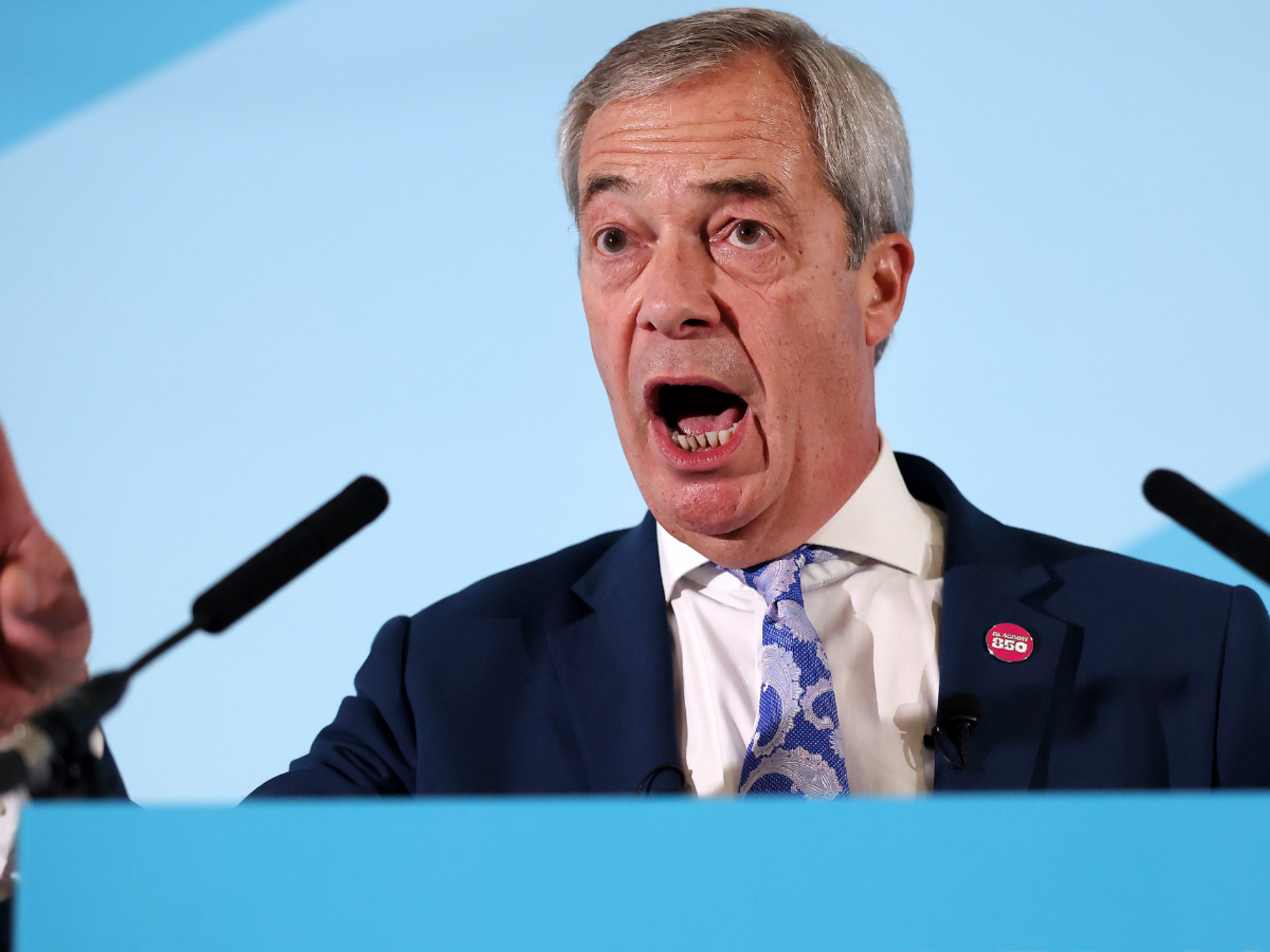Santa's true face uncovered as scientists recreate facial features nearly two millennia later
The recreation of Saint Nicholas was described as “strong and gentle”
Don't Miss
Most Read
The true face of Santa Claus has been recreated by scientists nearly 1,700 years later.
Saint Nicholas of Myra was an early Christian saint who was known for his gift-giving, inspiring the Dutch Christmas figure “Sinterklaas,” who later became Santa Claus.
The figure later merged with the English “Father Christmas” to become a representation of Christmas all over the world.
Now, thousands of years after his death, scientists have forensically rebuilt his features using his skull.

Thousands of years after his death, scientists have forensically rebuilt the Saint's features (STOCK IMAGE)
|Wikimedia
To create his face, lead author of the study Cicero Moraes and his team used data collected in the 1950s by Italian anatomy professor Luigi Martino.
They initially reconstructed the skull in 3D, then traced the profile of the face using statistical projections.
Moraes said: “We supplemented this with the anatomical deformation technique, in which the tomography of a living person's head is adjusted so that the virtual donor's skull matches that of the saint.
“The final face is an interpolation of all this information, seeking anatomical and statistical coherence.”
The result of the recreation are two sets of images, one objective in greyscale and one adding features like a beard and clothes taking inspiration from the imagery of Saint Nicholas.
The lead author described the face as “strong and gentle.”
He also revealed it was compatible with the “broad face” described in the 1823 poem “A Visit From St Nicholas.”
He said: “This characteristic, combined with a thick beard, is very reminiscent of the figure we have in mind when we think of Santa Claus.”

The lead author described the face as “strong and gentle” (STOCK IMAGE)
|Public Domain Pictures
In addition to his face, the saint’s remains revealed other anatomical traits.
Moraes said: “He apparently suffered from severe chronic arthritis in his spine and pelvis, and his skull showed bone thickening that could cause frequent headaches.”
He also added that Saint Nicholas ate a mostly plant-based diet.
Jose Luis Lira, the co-author of the study and saint expert spoke about the real-life significance of Saint Nicholas.
“He was a bishop who lived in the early centuries of Christianity and had the courage to defend and live the teachings of Jesus Christ, even at the risk of his life,” he said.
Lira added that he also helped people in need and was seen as a symbol of kindness.
Various deeds are attributed to him, including saving three girls from prostitution and resurrecting three children murdered by a butcher.











